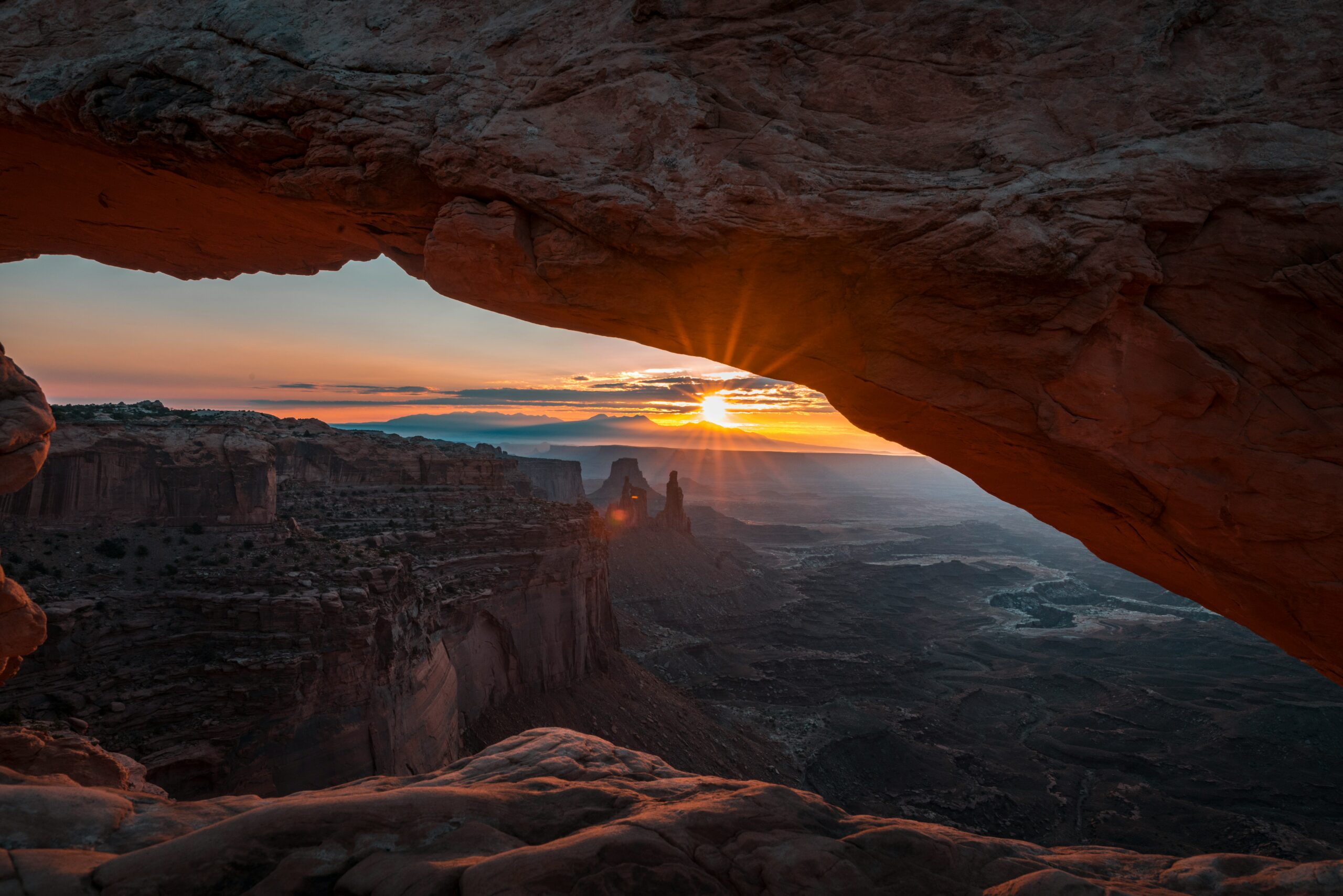

Biodiversity is the vibrant tapestry of life that surrounds us. From the smallest microorganisms to towering trees, every species plays a unique role in our ecosystem. But what happens when these pieces begin to disappear? The delicate balance of nature can tip, leading to consequences we might not even see at first glance. As stewards of this planet, it’s crucial for each of us to understand why every creature matters and how their absence could resonate through ecosystems around the globe. Let’s embark on an exploration of biodiversity and uncover its significance for our world—because preserving it is a responsibility we all share.
Understanding Biodiversity
Biodiversity refers to the variety of life forms on Earth, encompassing all plants, animals, fungi, and microorganisms. It exists at different levels: genetic diversity within species, species diversity among populations, and ecosystem diversity across landscapes.
These layers are interconnected. Each organism contributes to its environment in ways often unseen but deeply felt. For instance, pollinators like bees play a critical role in food production by facilitating plant reproduction.
Understanding biodiversity goes beyond just cataloging species; it involves recognizing their roles and relationships within ecosystems. Healthy ecosystems thrive with diverse populations that can adapt to changes over time.
When biodiversity flourishes, resilience increases. Ecosystems become better equipped to withstand disturbances—be they natural or human-induced—ensuring stability for both wildlife and people alike. By appreciating this complexity, we take our first steps toward protecting the intricate web of life that sustains us all.
The Importance of Biodiversity in Ecosystems
Biodiversity fuels the intricate web of life on Earth. It encompasses the variety of species, genes, and ecosystems that contribute to resilience.
Every organism plays a unique role in its habitat. From pollinators like bees to apex predators such as wolves, each contributes to maintaining balance. When one species thrives or declines, it ripples through the ecosystem.
Healthy biodiversity enhances ecosystem services—clean water, fertile soil, and climate regulation are just a few benefits we rely on daily. Diverse systems adapt better to challenges like disease or climate change.
Moreover, genetic diversity within species supports agriculture and medicine. It allows us to breed resilient crops and discover new treatments for diseases.
Recognizing these connections fosters appreciation for all forms of life. Every creature is essential; their interdependence highlights our shared responsibility for stewardship.
Real-Life Examples of the Impact of Losing Species
The extinction of the passenger pigeon serves as a stark reminder. Once abundant, this bird vanished in the early 20th century due to overhunting and habitat destruction. Its disappearance disrupted ecosystems across North America.
Similarly, consider the loss of bees. These tiny creatures play an immense role in pollination. Without them, crops would decline drastically, threatening food security worldwide.
Another poignant example is the sea turtle. Their decline affects marine life health—seagrass beds suffer without turtles grazing on them. This leads to fewer habitats for many fish species.
Coral reefs tell another story. When certain types of coral die off due to climate change and pollution, entire reef systems are thrown into disarray, impacting countless marine organisms that rely on these structures for shelter and sustenance.
Each lost species echoes throughout its ecosystem, illustrating how interconnected our world truly is.
The Role of Humans in Preserving Biodiversity
Humans hold a pivotal role in the fate of biodiversity. Our actions directly influence the health of ecosystems around the globe. From urban development to agriculture, these choices can either threaten or support diverse species.
Education plays a vital part in this process. Awareness about the interconnectedness of life encourages responsible behaviors and policies that protect habitats. Community involvement also fosters local initiatives that celebrate native wildlife and promote conservation efforts.
Sustainable practices are essential as well. By adopting eco-friendly farming techniques and reducing waste, we can lessen our environmental footprint. Every small action contributes to larger change.
Furthermore, advocacy is crucial for driving policy reform aimed at protecting endangered species and preserving natural spaces. Engaging with organizations dedicated to conservation amplifies our collective voice.
It’s about collaboration—uniting individuals, communities, businesses, and governments for a common goal: safeguarding our planet’s delicate web of life.
Efforts to Protect and Restore Biodiversity
Around the globe, countless initiatives aim to protect and restore biodiversity. Conservation programs focus on habitat preservation, ensuring that ecosystems remain intact for countless species.
Reforestation is gaining momentum as communities recognize its importance. Planting native trees revitalizes habitats and supports local wildlife populations. These efforts often involve volunteers eager to make a difference.
Marine conservation has also taken center stage. Organizations work tirelessly to establish marine protected areas, safeguarding crucial ocean habitats from overfishing and pollution.
Education plays a pivotal role too. Schools and NGOs are raising awareness about the significance of biodiversity through workshops and community events.
In urban areas, cities are transforming green spaces into biodiverse havens by introducing pollinator gardens and sustainable landscaping practices. This not only enhances local ecosystems but also connects residents with nature in meaningful ways.
Conclusion: A Call to Action for Preserving Our Planet’s Biodiversity
Biodiversity is the backbone of our planet. Every species plays a unique role in maintaining ecological balance. When one disappears, it can have a ripple effect that impacts countless others. The web of life is intricate and delicate.
We face a critical moment for biodiversity. Human activities such as deforestation, pollution, and climate change threaten numerous species worldwide. Each action we take—big or small—can contribute to either the decline or preservation of these vital ecosystems.
It’s not just up to scientists or policymakers; every individual has a part to play. Supporting local conservation efforts, reducing waste, and advocating for sustainable practices are all meaningful ways to make an impact.
The call to protect our planet’s rich tapestry of life is urgent. Embrace your role in this collective responsibility. Our actions today will determine the world future generations will inherit. Let’s work together towards preserving biodiversity for their benefit—and ours too.
